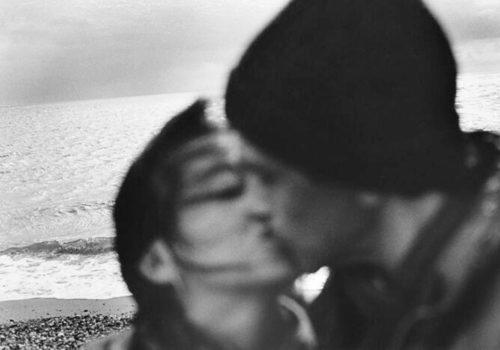This is a first which was inaugurated at the Abattoirs de Toulouse contemporary art museum; the coming together of two major institutions and their photographic collections. A rich and not really known heritage, some two hundred and fifty works drawn equally from each of the collections. They were formed respectively on their own criteria, the Château d’eau embracing all photographic practices and the Abattoirs favoring more experimental or visual images. Lauriane Gricourt, newly appointed head of the museum, and Christian Caujolle artistic director of the Toulouse gallery ensured the selection, which is necessarily not exhaustive. Skillfully arranged on a route of 9 spaces, the images are given to us to see under as many themes linked to photographic practices: Sur le vif, for the immediacy of photography; Réalités parallèles, on the different languages of images; Double Je, self-portraits; Perspectives-lieux and Perspectives–lignes, framing, composition or even sequences and geometric lines etc… If Christian Caujolle and Le Château d’eau are well known in the photography world, it was interesting to get to know Lauriane Gricourt who has therefore led the Abattoirs since the start of 2024.
This article is reserved for subscribed members only. If you are already a member, you can log in here below.
Subscribe for full access to The Eye of Photography archives!
That’s thousands of images and articles, documenting the history of the medium of photography and its evolution during the last decade, through a unique daily journal. Explore how photography, as an art and as a social phenomenon, continue to define our experience of the world. Two offers are available.
Subscribe either monthly for 8 euros (€) or annually for 79 euros (€) (2 months offered).
















